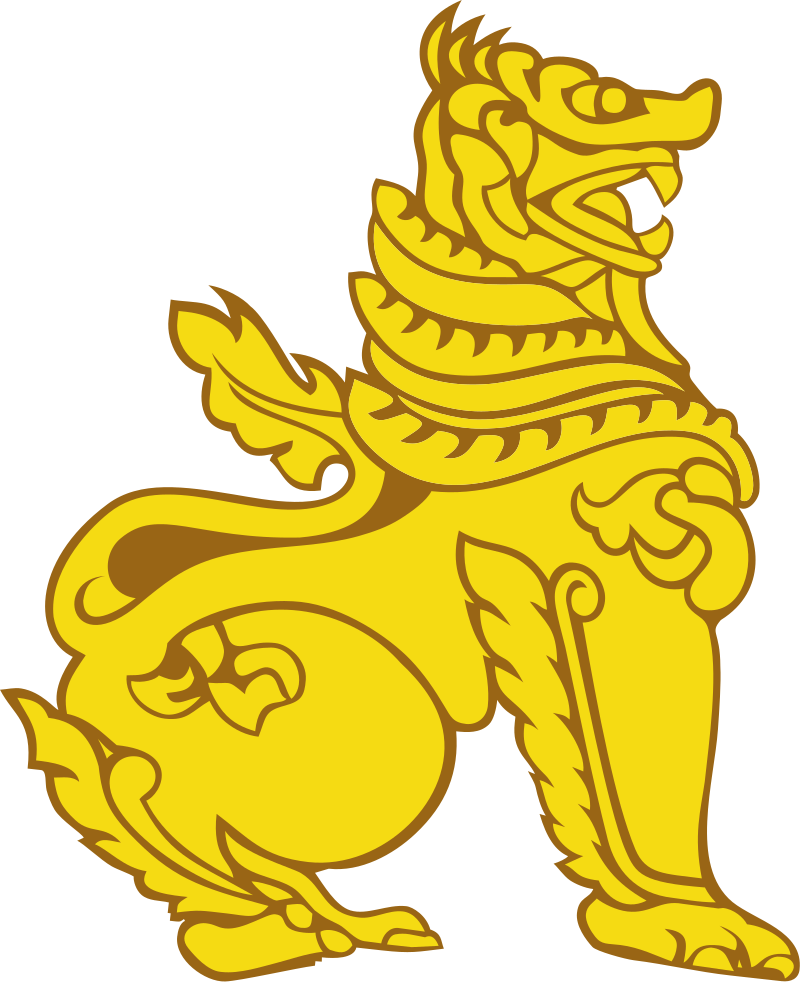I don’t agree with this author’s position, but this is a point we need to discuss. Fragmentation is a real danger. It has happened in Burma’s history over hundreds of years. It can happen again. I disagree with the author that the fragmentation narrative supports the Junta.
Fragmentation is real. There are more than a dozen Ethnic Armed Organizations (EAOs) and private armies in Burma. All have different agendas. We have seen that there are clashes even within alliances. 3 Brothers Alliance is not allied with NUG. EAOs like the United Wa State Army are content with the status quo of having their own independent defacto state, being China’s defacto colony but with political autonomy. (The Kokangs are currently moving in that direction after re-taking the region recently with the participation in 3 Brother Alliance offensive). Bringing all the disparate forces together to form a federal government will be difficult. But isn’t that what a federal government is - a union with each state having a certain autonomy?
It really depends on the true goal of EAOs’ leadership. Are the EAOs interested in participating in a federal government, or are they seeking political autonomy within a state like what the Wa enjoys, or complete independence?
The author loosely played with the historical facts here.
Quote:
“Let’s start with the origins of Myanmar Army. The ethnic composition of the army at independence in 1948 was reflected in its battalions: Burma Rifles, Karen Rifles, Kachin Rifles, Chin Rifles, and Burma Regiment (Gurkhas). These were later grouped into two wings – a first wing composed mainly of ethnic Burmese led by General Ne Win, and a second composed of ethnic minorities (ie, Chin, Kachin, Karen), according to political scientist Zaw Thein. Gradually, General Ne Win purged the ethnic minority leaders when he “restructured” the army. By the time of the 1962 coup, ethnic minorities had gone underground – making way for ethnic Bamar to take over the entire military institution.”
At the time of the independence, the Burmese guerilla revolutionary army that was formed in Thailand and the British-trained ethnic armed forces from colonial Burma were merged into a single combined armed forces. Remember that they were FOES not long ago. And almost from the outset after independence, the ethnic divisions revolted. Some of the “Burman” guerillas also revolted into various left-wing communist armed guerillas fighting the newly independent country. By 1962 when Ne Win took over in a coup, the country had long been waging a heated civil war for more than 10 years where Rangoon almost fell to Karen guerillas who were the former Karen Rifles.
There were few Burmans in British colonial police and armed forces. It was mostly comprised of minority ethnic groups as the British did not trust the Burmese but favored the christian ethnic minorities.


